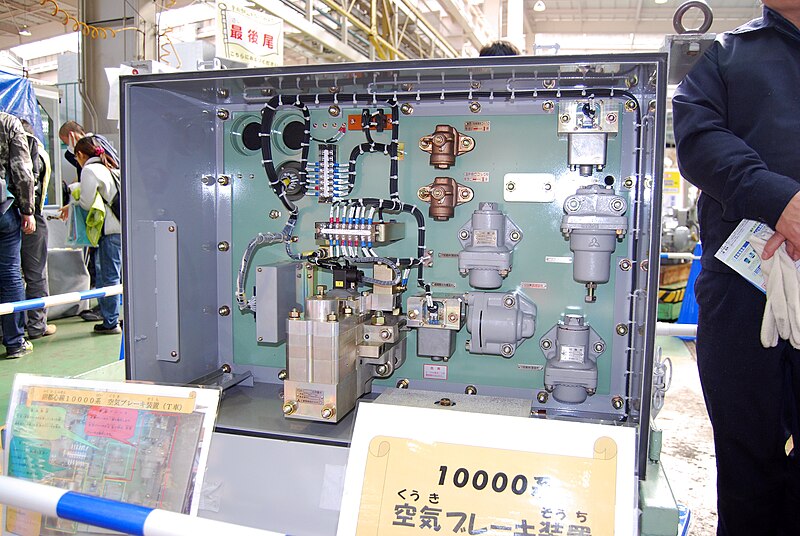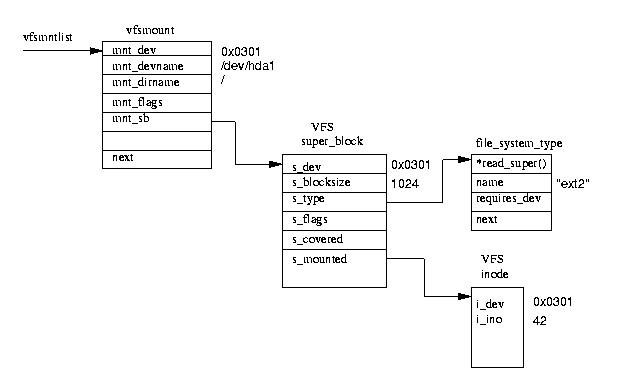Affordable Care Act (ACA) information returns and transmittals are electronically filed through the ACA Information Return system, also known as AIR. MacOS (previously Mac OS X) is Unix-based desktop operating system for iMac, MacBook, MacBook Air, MacBook Pro, Mac Mini and Mac Pro computers, developed by Apple, Inc. The first version of is called macOS Sierra and it is successor of OS X El Capitan.
Dec 21, 2020 • Filed to: Windows Computer Solutions • Proven solutions
File System Errors are essentially disk-related errors that may be due to corrupt files, bad sectors, disk integrity corruption, file execution policies, etc. These errors may prevent you from accessing or opening files. These may be encountered in files such as PDF, images, documents, movies, etc. This may appear in the form of error prompts such as C:Test ProgramTest.exe File system error (-2018375670). Numbers like 1073741819 and 2147219200 may also appear.
Each of these errors may mean different causes of problems. 2018375670 is due to a disk-related error from bad sectors and disk integrity. 1073741819 is due to User Account Control Settings' Registry values being altered or simply corrupted System Files. Lastly, 2147219196 is due to Universal Windows Platform (UWP) application errors within the system.
Air File System
- Accessing the File System on an iPad. ITunes may work well for simple syncing of an iPad, but some users want more direct control over the files on their device or they simply do not want to use iTunes. Without additional software, the only files you can directly access from your iPad are image files.
- Apple File System (APFS) is a new technology in macOS High Sierra. Today, you're going to learn about it!Get 1-on-1 tech training http://thecomputerclan.co.
How to Fix File System Error on Windows 10
If you ever encountered any of these errors, we will provide you with ways to fix them. We've provided 3 solutions - running system restore, running check disk, and running system file checker & DISM. Here is a complete guide on how to fix a file system error on Windows 10.
Solution 1 - Run System Restore
System Restore is a built-in feature of Windows that allows users to restore their system to its original state or at a certain point. Windows makes restore points from which you can restore your system. For Windows 10, this feature is not turned on by default and you may need to turn it on first to use it. This special feature is used by many users to resolve system errors and other issues. Here is a guide on how to perform this:
1. Type in sysdm.cpl in the Search bar and click OK.
Air File System
2. Go to the System Protection 3d video open. tab and select System Protection.
3. A pop-up will appear asking you to pick the System Restore Point. Select the System Restore Point and complete the process by following the instructions prompted.
Solution 2 - Run Check Disk.
Air File Type
Check Disk Utility is a Windows feature that allows you to fix any hard drive errors. It does this by performing a thorough scan of your entire hard drive to figure out where the problem is coming from. It also fixes these issues for you. Follow the instructions below to perform this:
1. Press the Windows key + X on your keyboard or right-click on the Start button and select Command Prompt (Admin). You may also type in cmd in the Search bar, right-click on Command Prompt and select Run as Administrator. Computer to phone picture.
2. Select Yes to allow your device to make changes. After this, the Command Prompt window will pop up and you can start typing in your commands.
3. Type in the command below to run Check Disk Utility or chkdsk, press Enter after typing in the command.
chkdsk : /f

NOTE: Remember to place a space before '/f'
4. If the prompt Chkdsk cannot run because the volume is in use by another process. Would you like to schedule this volume to be checked the next time the system restarts? (Y/N) appears, enter Y to schedule the Disk Check on your next reboot.
Solution 3 - Run System File Checker & DISM.
System File Checker or SFC is a built-in tool in Windows operating systems that allows users to detect and fix any corrupted system files within the computer. The SFS is accessed through performing commands on Command Prompt. Carefully follow the instructions listed below:
Www android file manager. 1. Press the Windows key + X on your keyboard or right-click on the Start button and select Command Prompt (Admin). You may also type in cmd in the Search bar, right-click on Command Prompt and select Run as Administrator.
2. Select Yes to allow your device to make changes. After this, the Command Prompt window will pop up and you can start typing in your commands.

NOTE: Remember to place a space before '/f'
4. If the prompt Chkdsk cannot run because the volume is in use by another process. Would you like to schedule this volume to be checked the next time the system restarts? (Y/N) appears, enter Y to schedule the Disk Check on your next reboot.
Solution 3 - Run System File Checker & DISM.
System File Checker or SFC is a built-in tool in Windows operating systems that allows users to detect and fix any corrupted system files within the computer. The SFS is accessed through performing commands on Command Prompt. Carefully follow the instructions listed below:
Www android file manager. 1. Press the Windows key + X on your keyboard or right-click on the Start button and select Command Prompt (Admin). You may also type in cmd in the Search bar, right-click on Command Prompt and select Run as Administrator.
2. Select Yes to allow your device to make changes. After this, the Command Prompt window will pop up and you can start typing in your commands.
3. Type in sfc /scannow and press Enter to run the System File Checker.
4. Once the scan is finished, reboot your PC.
You may use FixWin software to run System File Checker in just one click. Just go to the Command Prompt (Admin)
1. Press the Windows key + X on your keyboard or right-click on the Start button and select Command Prompt (Admin). You may also type in cmd in the Search bar, right-click on Command Prompt and select Run as Administrator.
2. Select Yes to allow your device to make changes. After this, the Command Prompt window will pop up and you can start typing in your commands.
3. Type the following commands, pressing Enter after every line.
Dism /Online /Cleanup-Image /CheckHealth
Dism /Online /Cleanup-Image /ScanHealth
Dism /Online /Cleanup-Image /RestoreHealth
4. Once the DISM is finished with the process, reboot your PC.
With all these solutions, hopefully, you find one that will solve your File System Error problems. Just remember that when running commands, it's essential to type in the commands correctly for them to work. Failure to do so may result in unexpected errors.
Partition Recovery
- Partition Management
- Solve Partition Problems
- Partition Tips
